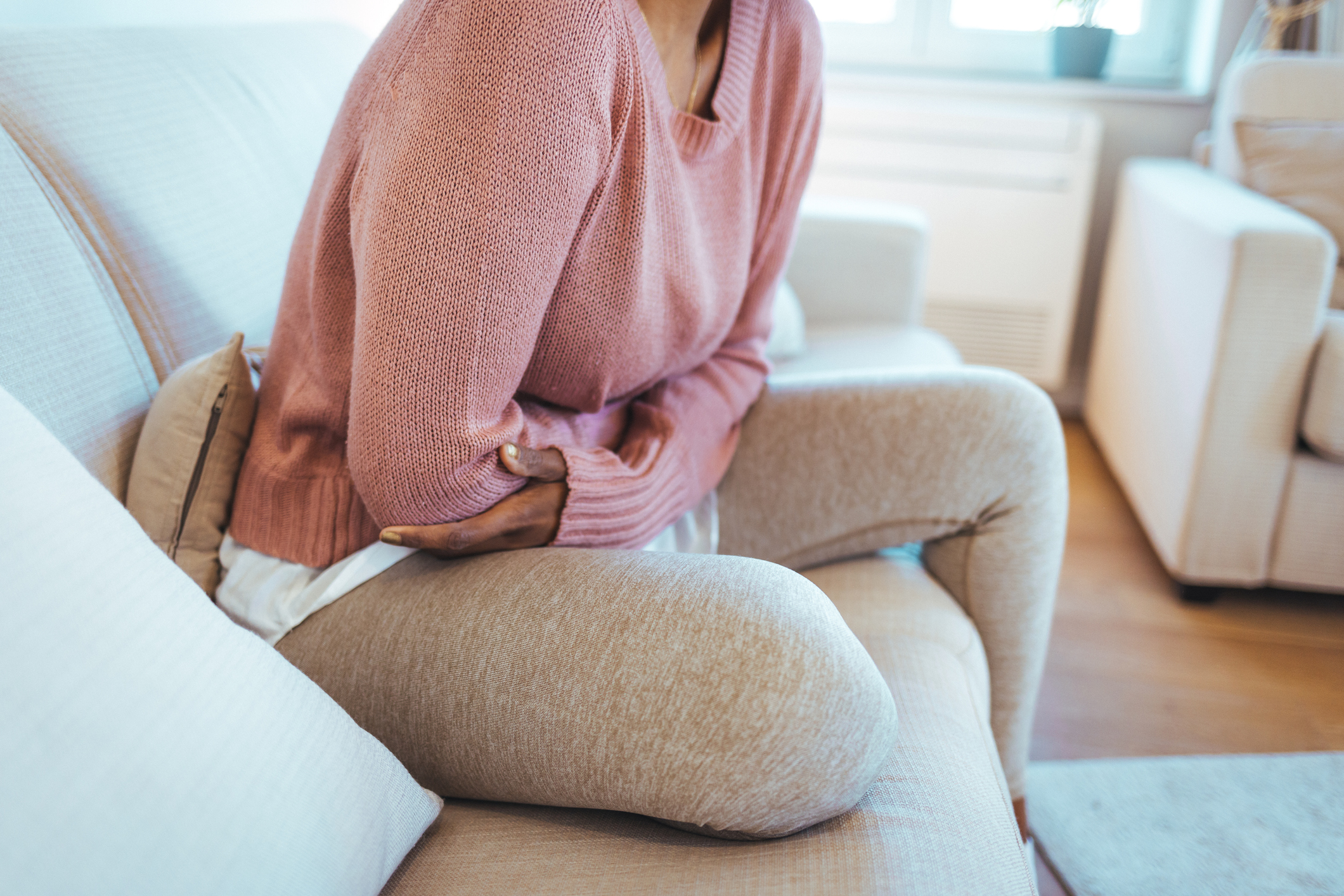
As a woman, I personally go through a range of ups and downs on a monthly basis and my body doesn’t stay on some consistent path as I move through my life. This is actually a beautiful experience and should be viewed as such. Unfortunately, when I started getting my period, I was taught to either ignore whatever imbalance I was going through or to push through any discomfort I felt.
This was during a time when I was actually very out of balance and instead of figuring out what was causing my imbalances, I would look for a quick fix to stop my stomach cramps and headaches so I could get through the day. PMS was always a problem for me. So many girls and women are confused by their bodies and cannot always connect to the ebb and flow that comes with having the hormones and cycles we have. If you research anything about periods, PMS, or hormones, you’ll get a ton of advice to mask or stop the symptoms… but rarely on how to learn about our bodies and work with them.
How the Doshas play a part in the menstrual cycle
After studying Ayurveda, I’ve learned that PMS is actually an imbalance in the Doshas. These imbalances can be addressed and brought back to balance by understanding the Doshas and by connecting with our body, mind, spirit, and heart. Ayurveda teaches us that when we are out of balance, we need to look at the whole body instead of just one or two symptoms. It asks us to look at the quality of our lifestyle, self-care, our thoughts, yoga practice, relationships, and any spiritual practices we have. It also encourages us to find balance through self exploration and self care. Too often, we run away from what’s happening instead of facing it.
When we change the narrative from, “something is wrong with me” to “something needs my attention and this is important,” it can be incredibly empowering.
Since Vata is the moving force for Doshas (made of ether and air), any acne and mood swings may be Vata’s wind pushing the fires of Pitta’s (fire and water) transformational energy. Any weight gain, low energy, and liquid retention may be vata interacting with Kapha’s (earth and water) more structural energy. Any anxiety, bloating, and low energy may be signs of Vata increasing during this part of the menstrual cycle.
What are the Dhatus and how are they affected by pms?
The deeper we dive into Ayurveda, the more we can also connect with the dhatus. The dhatus are the tissues in the body: plasma, blood, muscle, fat, bone, bone marrow/nerve, and reproductive. The actual menstrual flow is considered to be a byproduct of the first layer, rasa dhatu, the plasma. Plasma is kind of like a carrier for nourishment. When this layer is healthy, it moves freely, which means all nutrients and waste move through and exit the body easily. The second layer, rakta dhatu, the blood, is part of the menstrual flow as well because it releases excess pitta. Both of these dhatus are the quickest to experience changes in quality and in their consistency, so when we can tap into how we’re feeling before, after, and during our periods, we can start to address imbalances before they manifest into something bigger and more severe.
In Ayurveda, we look at any discomfort as an opportunity to ask why we’re not fully balanced and then we have the opportunity to address it and find out what works for us. Ayurveda isn’t a “one size fits all” when it comes to balancing our bodies. Let’s dive deeper into specific imbalances.
The imbalances in any dosha can cause certain side effects
If someone has vata imbalances, they may experience qualities that feel sharp and may have some spasms. This may be felt in the low back and low belly. They may also feel scared, nervous, or have heightened anxiety. The flow may appear thin, dry, light, or dark in color.
Pitta imbalances may manifest as bloating, excess heat, headaches, breast tenderness, acne, and burning. There may be increased irritability or anger and the flow may appear heavier, yellowish-red, or have a bad smell.
If someone has kapha imbalances, they might experience depression, emotional eating, bloating, yeast infections, and overall tiredness. The flow may be longer and heavier.
How do we find balance during PMS?
Overall, we need to focus on the whole body, lifestyle, self care, and the idea of tuning more deeply inward and not running from imbalances that surface. We need to try to stop looking for quick fixes. Ayurveda has taught me to take cravings or disruptions as an opportunity to question as opposed to a way to shame. Whenever I feel like I’m moving out of balance, I stop and try to figure out what’s going on. Am I tired? Am I angry? Am I feeling like I don’t want to get off the couch? Once I address what I’m feeling, I’ll match the qualities of that to the dosha or doshas it’s associated with and then try to balance in some of the following ways:
Vata:
- Eating warm, cooked, mushy foods
- Drink lots of water and stay hydrated
- Bring moisture to tissues with ghee, flaxseed oil, hemp seed oil in food
- Avoid caffeine
- Be aware of, and enjoy every moment
Pitta:
- Avoid spicy and oily foods (but not to the point to upset vata)
- Cultivate more calmness and ease to lifestyle
- Incorporate Nasya (nasal oil)
- Incorporate yoga practices that open the heart and pranayama that cools
Kapha:
- Stay warm either by moving or with warm clothing
- Cook with spices like ginger, cinnamon, cardamom
- Stay active and move (go for walks after meals)
- Bhastrika and Kapalbhati pranayama daily
When your body is balanced, you can actually eliminate PMS symptoms
According to Ayurveda, women can move through their cycles and their different phases of life with grace, ease, and also a sense of empowerment. We aren’t supposed to feel bad at specific times of the month or during specific changes in life. When we understand nature, our bodies, and our rhythms, we can embrace what’s happening and celebrate everything our beautiful bodies are capable of and all that they do for us.
If you want to learn more about Ayurveda and women’s health, check out my mini course, or invest in the entire Ayurveda bundle to empower yourself, friends, family, and your students and clients.
*I want to acknowledge the intentional use of gendered language in this article. While the topic in this article may be experienced across the gender binary, this content specifically focuses on Ayurveda’s take on cis-women who experience PMS. This is not an intentional effacement of the men and nonbinary people who experience this. I am always learning and seeking ways to make these teachings as accessible as possible.




